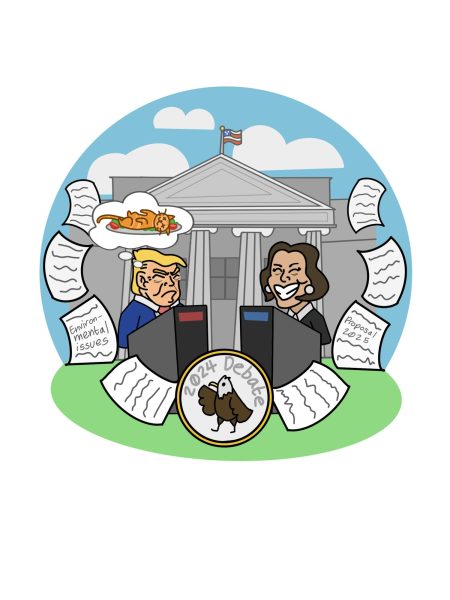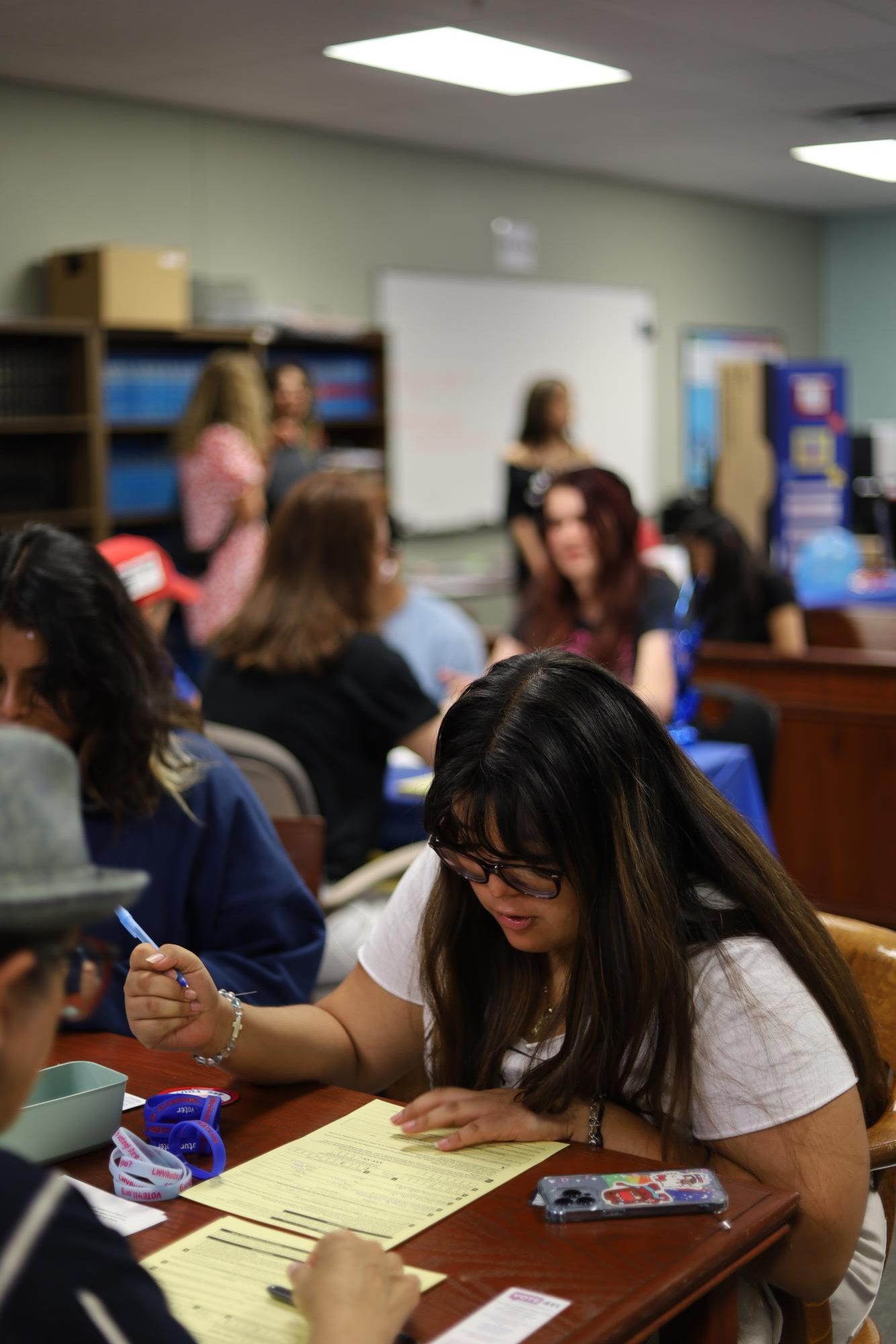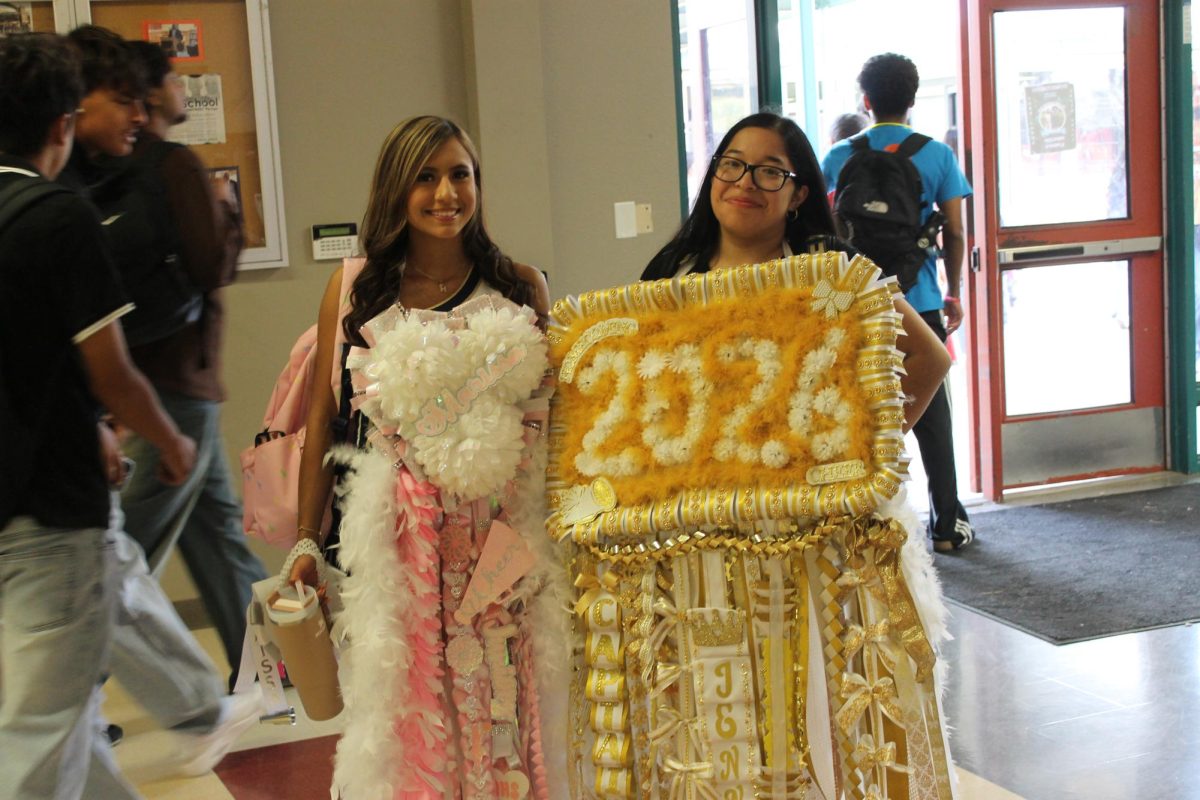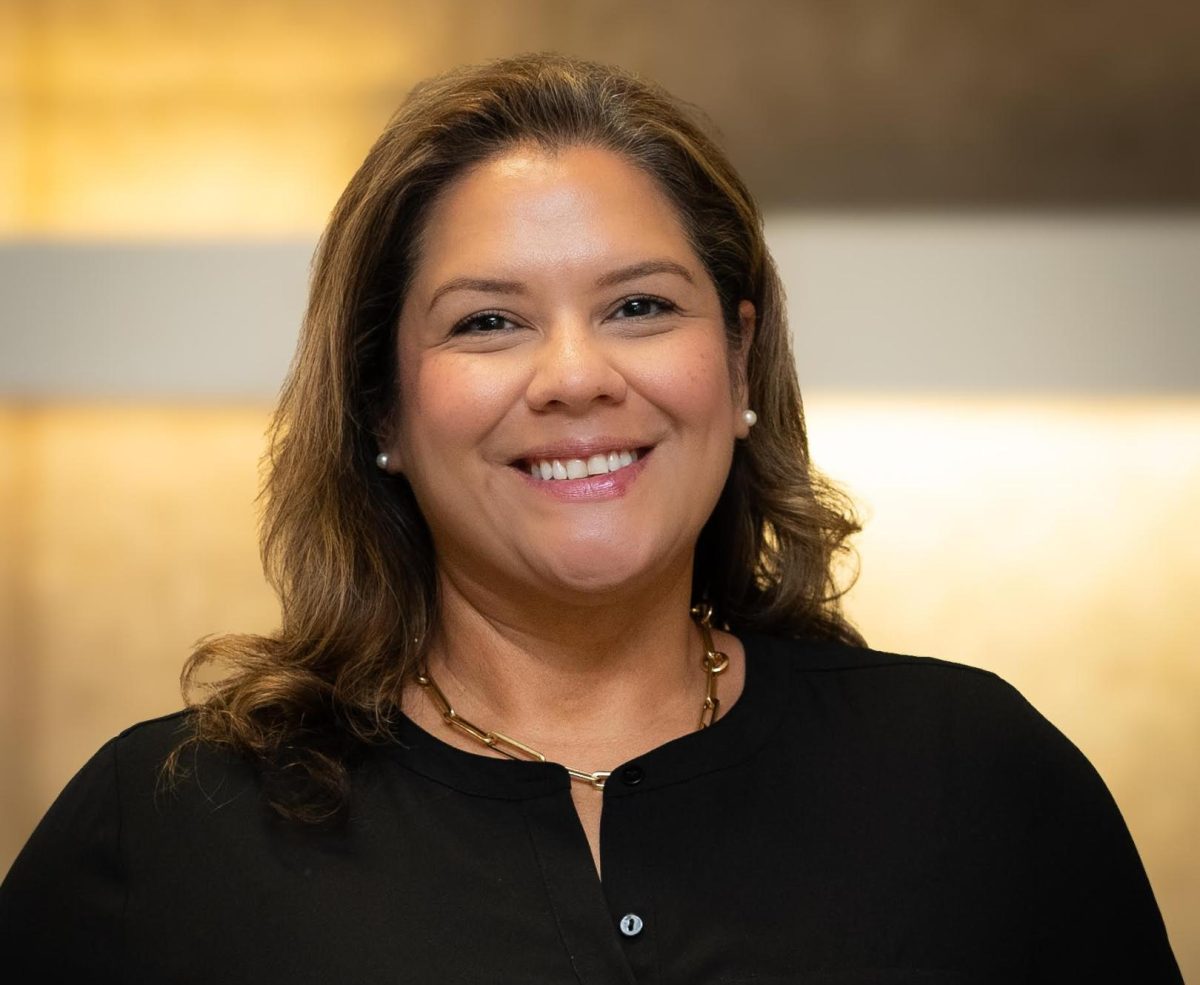As 2024 comes to a close, it will be a time for new beginnings and one of the biggest changes for the country will be a new president sworn into office on January 20, 2025.
Either former President Donald Trump will be returning to the White House or Kamala Harris will be inaugurated as the first woman — and the first president of South Asian descent — will move up from Vice President to President.
The campaigns of both major party candidates are in full swing as they focus on winning the seven battleground states needed to win the 270 electoral votes needed to become president.
While the news is dominated by reports about the candidates all the time during election years, it’s important to first understand the presidential election process, which is different than all other elections in the United States.
Typically, campaigns start at least a year before the year of a presidential election.
In this case, President Joe Biden and Trump began the election process in 2023. For candidates to run for the presidency, they have to file a notice of their intention to run in the spring before election year. The next step is for the candidates to win the primary election for their respective political parties.
The primary election process is how candidates win the votes of delegates at their party’s national convention, where they officially nominate their candidate. The delegates in turn vote for their party’s nominee before the candidate is officially announced.
Each state holds primary elections for each party, forcing the candidates to campaign to win the votes of party members until they have amassed enough delegates to secure their nomination.
Once the presidential candidate has been nominated, they are empowered to select a running mate, who will become vice president if they win the election. The candidates of the major parties will travel throughout the country to win the popular vote in all 50 states. The candidates spend millions of dollars to air campaign ads, hold rallies, and send campaign staff to knock on doors to “Get Out the Vote.”
Finally, it comes down to the day of the election, which is always held on the first Tuesday of November, which falls on Nov. 5 this year. To become president, the candidates have to win the popular vote in enough states to win 270 electoral votes. Each state has a different number of electoral votes to award, based on the population of the state. Most states award all of their electoral votes to the candidate that wins the most votes in their state.
The electoral votes are cast by party members who are pledged to represent their respective states at gatherings of what is known as the Electoral College. The electoral votes are then counted and certified by Congress in Washington, D.C. in January.
Because certain states are known for typically voting for Republican or Democratic party candidates in presidential elections, candidates typically focus their campaigning on so-called swing states, which have a pattern of changing which party wins the popular vote. This year, these battleground states are Arizona, Georgia, Nevada, North Carolina, Michigan, Pennsylvania and Wisconsin.
These are the states where Trump and Harris are most heavily promoting the policies they plan to enact if they are elected president.
The Eagle’s Eye conducted an online survey to find out the policies of most concern for the people on campus. The three issues of most concern for the Akins community were Project 2025, abortion, and racial/ethnic inequality.
Project 2025
This is an initiative of the Heritage Foundation, a think tank that works to implement conservative policies and laws across the country.
The focus of Project 2025 is to be an extreme executive branch overhaul. Heritage Foundation President Kevin Roberts has said the aim is to “be a corrective to the liberal nonsense that’s been so insidious inside the executive branch for the last half century.”
This project has four pillars, which consist of a policy plan, a personnel database, online academy, and a play book for the first 180 days in office.
Policy Plan: This plan focuses on dismantling the administrative state and returning self-governance to the American people. This means a purge of the civil work force of tens of thousands of federal employees and replacing them with pre-vetted picks. The plan would effectively dismantle the Department of Homeland Security, eliminate the Department of Education entirely, and transform the FBI into a political task force accountable to the president.
This plan would also place federal agencies under direct presidential control. The president would end up being the one directing the activities of the Department of Justice, which has a long tradition of acting independently. This means that the president could prevent the Department of Justice from investigating the president if they are accused of breaking the law.
It also means taht the Department of Justice could be used to attack the president’s political enemies. The Heritage Foundation says it wants to ensure that what remains of this whittled down federal bureaucracy is conservative not just for the next president but for a long time to come.
Personnel Data Base: This pillar is all about recruiting people to join in on the plan and pledge allegiance to the elected president.
Online Academy: This academy is a presidential academy that is made to train future bureaucrats in conservative values and governing. Project 2025 provides detailed policy plans for dozens of government agencies outlining ways to create abortion bans and diminish federal investment in renewable energy and reverse environmental regulations. Several sections are dedicated to consolidating United States immigration agencies and expanding their power.
In an interview with the Wall Street Journal, Roberts said the next president will have to crack down on immigration.
“Number one we have to close the border,” he said in a video interview. “We do have to initiate the largest mass deportation project in the history of this country. The 12 million people who’ve come in as illegal aliens must be sent back to their native countries.”
First 180 days in office: The last pillar is a plan for the first 180 days in office. This plan is commonly referred to as Schedule F. This plan was made specifically for Trump. It was originally an executive order that Trump signed that would allow him to turn career civil servants into political appointees that he could fire at any point.
The Biden administration reversed this order, however, Trump stated that he would reinstate it if he were to be re-elected “First I will immediately reissue my 2020 executive order, restoring the president’s authority to remove rogue bureaucrats and I will wield that power very aggressively,” Trump said. There isn’t any limitation to the number of people who could be targeted using one of the many Project 2025 policies.
Kamala Harris has said she opposes Project 2025.
“I believe very strongly that the American people want a president who understands the importance of bringing us together knowing we have so much more in common than what separates us” during the presidential candidate debate in September.
When Trump mentioned Project 2025, he stated “I have nothing to do with Project 2025. That’s out there. I haven’t read it. I don’t want to read it, purposely. I’m not going to read it.”
While Trump says he doesn’t know anything about the development of the 900-page plus Project 2025, many of the authors of the document are individuals who have worked with Trump before.
What really matters though is how voters feel about Project 2025. An Akins teacher stated in a survey response “Project 2025, but because it encompasses many of the other options in a single, terrible plan.”
Abortion
The next big concern that was shown on The Eagle’s Eye survey was abortion. This is the first presidential election since the U.S. Supreme Court struck down the Roe V. Wade decision, which previously protected the right to an abortion in the United States. Trump nominated three conservative justices to the court when he was president and has said he is proud of the Dobbs decision in which these new justices joined with other conservatives on the nine-member court to strike down Roe. Trump has said that abortion issues should be settled at the state level while Harris has called for federal abortion rights.
When it comes to the candidate’s opinions on the issue, their answers are vastly different. Harris supports the right to an abortion and wants to prevent the states from banning the procedure.
Harris said she would like to enshrine protections of Roe v Wade in federal law.
“When I am president of the United States, I will sign a law restoring and protecting reproductive freedom in every state,” she said.
She has been a long-time supporter of women’s health rights even back when she was a senator when she sponsored a bill called the Women’s Health Protection Act that would have gone slightly further than Roe v Wade. The bill would prohibit some state-level restrictions such as requiring doctors to perform specific tests or to have hospital admitting privileges to provide abortions.
When running for president in 2019 she argued that states with a history of restricting abortion rights in violation of Roe should be subject to “pre-clearance” for new abortion laws, meaning those laws would have to be federally approved before they could take effect. In the absence of congressional majorities capable of codifying Roe, Mr. Biden’s cabinet took administrative actions to try to limit the effects of state abortion bans, and Harris has indicated support for those actions.
When it comes to Trump’s polices on abortion things take a stark difference. Trump believes that abortion should be a state issue. He stated that if he is re-elected he would like to states to be able to decide whether abortion should be restricted.
Immigration
When it comes to racial and ethnic issues in America the first thing that comes to mind for many is immigration. The country is hotly debating how to handle sudden influxes of immigrants, especially from Latin American countries where many residents have left to escape violence and political corruption.
Trump has made a crackdown on border security and immigration in general central to his campaign, going so far as to call using the military and local police to participate in a “mass deportation” effort.
Trump has already tried to reduce legal immigration but Congress did not approve. He tried to limit United States citizens’ ability to sponsor relatives to become citizens along with increasing education and skill requirements to be eligible to immigrate. When he was president In 2019, Trump began denying permanent residency to immigrants said to likely require public assistance, a rule that disproportionately affected people from Latin America, Africa and parts of Asia. He also immensely limited H-1B visas for skilled workers, but while privately courting business leaders in June, he talked up the importance of high-skilled immigration.
If elected again, he has called for revoking the legal status of people including Afghan refugees who have been allowed into the country for humanitarian reasons, he has also stated he would like to start revoking the student visas of people whom he called “radical anti-American and antisemitic foreigners.”

Trump called for automatically giving green cards to foreign students who graduated from a U.S. college. However, his campaign quickly changed their minds, saying that only the “most skilled graduates” would be included and that their political ideologies would be vetted. His campaign also said he would expand a program from his first term to strip citizenship from naturalized immigrants whom he determined to be “criminals, terrorists and immigration cheats.”
Harris has taken a different approach, stating she supports “an earned pathway to citizenship.” She supports a bipartisan border security deal that failed to pass after Trump pushed Republicans to oppose it even though it was authored by some of their fellow conservative lawmakers.
In addition to paying for more border security personnel, the bill also would have provided 250,000 family and employment-based visas over five years and ensured green-card eligibility for the children of immigrants who are in the country on H-1B visas for highly skilled workers. It also would have enacted measures to reduce illegal border crossings.
Harris has supported the Deferred Action for Childhood Arrivals program also known as DACA, which protects children who immigrated to America from being deported; she urged congress in June to pass legislation that would permanently protect DACA beneficiaries, commonly known as Dreamers.
Border Security: Harris has taken a tougher policy on immigration lately, stating that she would support the bipartisan border security bill that would increase asylum officers and close the border if crossing reached an average of more than 5,000 migrants a day over the span of a week.
However, in August of this year she told CNN “We have laws that have to be followed and enforced that address and deal with people who cross our border illegally. And there should be consequence.” If re-elected, Trump said he would conduct a deportation operation that he has called the largest in American history. He plans to round up undocumented immigrants and detain them in camps while they await deportation, rely on a form of expulsion that doesn’t involve due process hearings, and deputize local police officers and National Guard troops from Republican-led states to carry out immigration raids. Trump said to Time magazine in April that he would aim to deport as many as 15 million to 20 million people — numbers that are equivalent to the population of New York State at the high end.
Inflation
Harris’s main proposal for reducing inflation is to ban corporate price gouging on groceries. Her campaign stated that she would authorize the Federal Trade Commission to impose “harsh penalties” on corporations that violated the ban, fund investigation of potential gouging in meat supply chains, and scrutinize mergers of large grocery companies. The Federal Reserve, which operates independently of the White House, plays a massive role when it comes to inflation by adjusting interest rates. When the Fed raises rates, it becomes more expensive to take out a mortgage or a business loan, creating a chain reaction that cools the economy. Harris said in August during a rally in Phoenix, Arizona that she would “never interfere” in Fed decisions.
Trump has stated that inflation was low generally around 2 percent during his term as it had been for years. He has argued without evidence that the United States would not have had high inflation if he had remained in office for a second term, however, most nations did. He indicated that he would not have spent the stimulus money Biden did in 2021, which many economists say was a factor in inflation, but he has said little about how he would have handled the other factors, like the global supply chain problem, that drove inflation worldwide.
Trump has also criticized high interest rates which is the Federal Reserve’s key tool for lowering inflation. That in addition to his second-term agenda he has proposed contains very few policies that economists believe would reduce inflation; in fact some would risk pushing prices higher.
Those include higher tariffs, which could raise costs for the consumers of America. Trump pledged to deport many undocumented immigrants, which could cause labor shortages that increase prices on food and other items. While Trump hasn’t laid out his plans in great detail for economists to judge how the agenda as a whole would affect inflation, there is very little to suggest that his policies would stop price increases.
“I certainly don’t think it’s a disinflationary agenda,” said Michael Strain director of economic policy studies at the conservative American Enterprise Institute during an interview with the New York Times.
Economists have said the agenda he described for his second term is not likely to reduce inflation and would include policies like sweeping tariffs and deportations that could make it worse.
Trump has also criticized high interest rates, the Federal Reserve’s primary tool to control inflation. He argued in August that the president should have a word in the decisions of the Fed, which normally operates independently. .


















